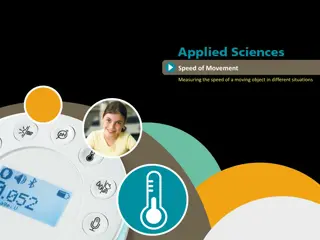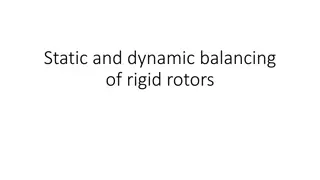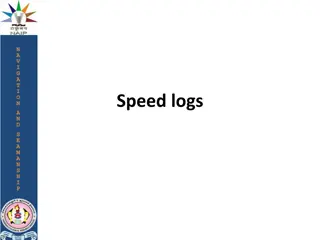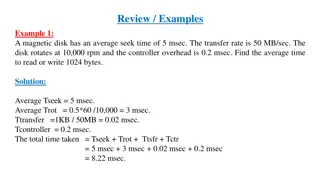
Optimizing Performance Strategies for Speed and Functionality in App Development
Performance and functionality are significant for the wide acceptance and success of an application in the fast-moving world of app development. Users want an application that is fast responsive, feature-rich, and easy to operate. This article provid
Uploaded on | 1 Views
Download Presentation

Please find below an Image/Link to download the presentation.
The content on the website is provided AS IS for your information and personal use only. It may not be sold, licensed, or shared on other websites without obtaining consent from the author. Download presentation by click this link. If you encounter any issues during the download, it is possible that the publisher has removed the file from their server.
E N D
Presentation Transcript
OPTIMIZING PERFORMANCE STRATEGIES FOR SPEED AND FUNCTIONALITY IN APP DEVELOPMENT
INTRODUCTION Performance and functionality are significant for the wide acceptance and success of an application in the fast- moving world of app development. Users want an application that is fast responsive, feature-rich, and easy to operate. This article provides advanced strategies and best practices developers can leverage to help gain both speed and functionality in their mobile and web applications and offer their users a better experience and a competitive business advantage.
PERFORMANCE OPTIMIZATION Performance optimization entails quite several techniques aimed at making the operation of the application faster, more responsive, efficient, and effective. Our functionality optimization involves optimizing all features and capabilities that a user comes into contact with every day; hence, it goes beyond just speed. This kind of all-around approach will help ensure that not only does the app run fast but also provides functions and usability according to the expectations of the user.
KEY STRATEGIES ON MOBILE APP DEVELOPMENT Optimizing Your Code: The bottom line in enhancing the performance of any application is by following efficient coding practices. These would involve reducing code complexity, algorithm optimization, and frameworks that improve the efficiency and maintainability of the code.
RESOURCE MANAGEMENT Resource management involves the effective use of resources such as the CPU, memory, and battery. The strategies can include how to carry out background task management, memory profiling, and energy-efficient coding to make the device battery last a bit longer and generally improve its performance.
PRIORITIZATION OF FEATURES Emphasize the development of key features and functionalities to optimize the performance of the app. First, do all the important functionalities. Then, ensure those are developed for speed as well as user experience; after that, add more features to the app to maintain the performance benchmark.
Cross-platform compatibility: A cross-platform development framework like React Native or Flutter will not only reduce the overall development efforts but also ensure consistent performance across multiple platforms like iOS and Android. Security and Performance: Implementing strict security measures like data encryption, and secure authentication protocols ensures protection for the users' data and makes sure not to compromise the performance of the app.
WEB APP. DEVELOPMENT STRATEGIES Design web applications following patterns of scalable architecture, such as microservices or serverless computing, to support an increasing load of users without a problem. This means better performance and, in addition, scalability, thanks to containerization technologies like Docker. Optimizing backend services: improves Web App performance through database query optimization, API design, and server response caching. Content delivery networks speed up content delivery and decrease latency when serving static assets. Progressive enhancement: prioritizes core functionality first to ensure a web app works on different browsers and devices while improving the user experience by enhancing the UI based on device capabilities. Performance Monitoring and Tuning: Performance can be monitored using tools like New Relic and Google Analytics to identify bottlenecks. Load testing and capacity planning help ensure web applications can handle peak traffic efficiently.
IMPROVED FUNCTIONALITY AND INCREASED USER EXPERIENCE User-Centric Design: Intuitive user interfaces and engaging user experiences are aspects that enhance an app's functionality through the design of its UI and UX. Further tuning of features and improving usability can be attained with user testing and feedback in a bid to integrate real user insights.
Innovative Features and Technologies: Integrating such innovative features as AR, ML, or voice recognition can help in differentiating an application and adding functionality. Nevertheless, ensure that these features truly work well for the user experience, and innovative features are optimized in terms of performance. Accessibility and Inclusivity: Building in access enablers like screen reader compatibility and text size adjustment makes an application much more accessible and useful for people with different disabilities. The development of highly inclusive applications, including advanced accessibility features, allows the pool of its potential audience to grow and expands user satisfaction in general.
THANK YOU CONTACT US +91 (172) 4639432 www.techosquare.com
















































